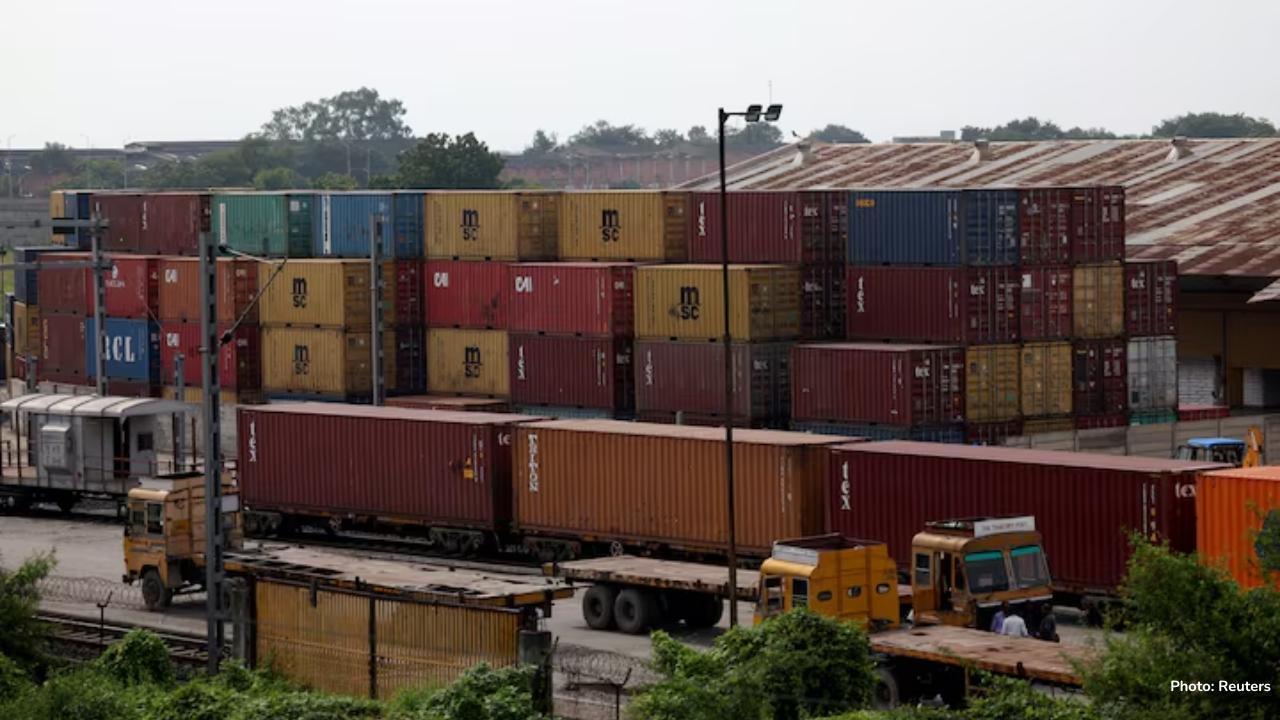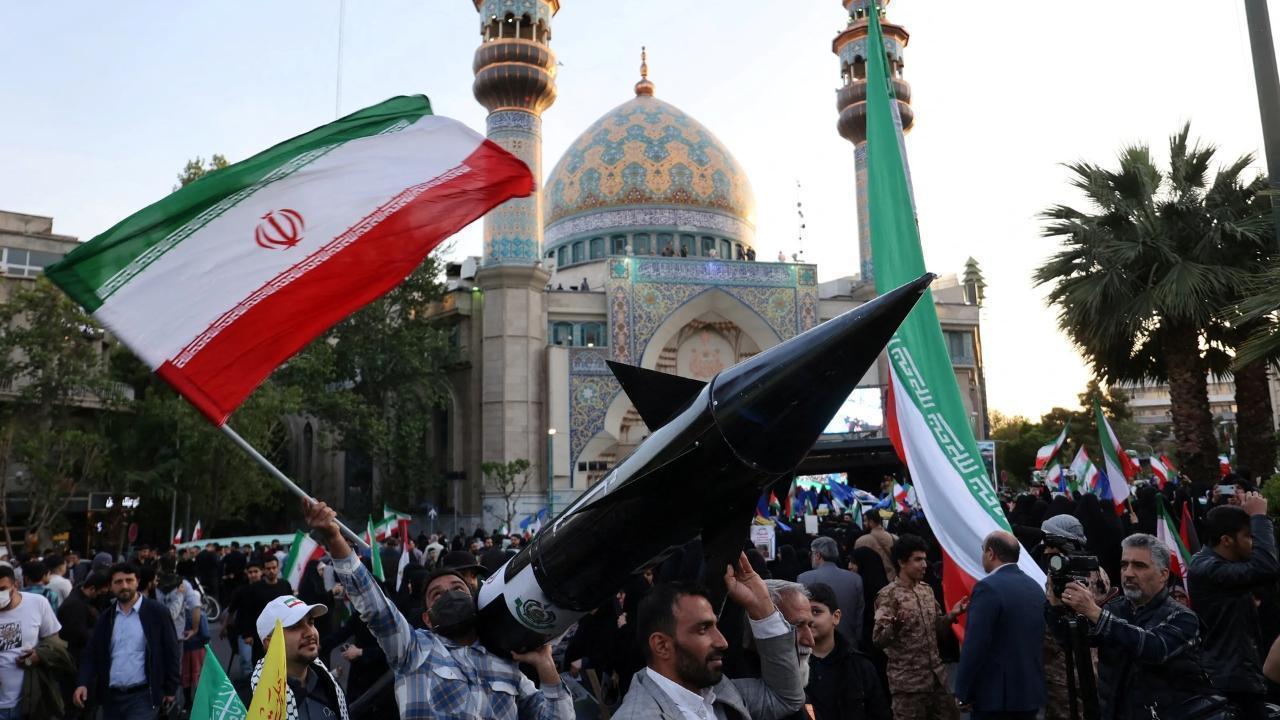
Post by : Monika
In September 2025, the United States introduced major changes to its H-1B visa program. These changes are making it more expensive for U.S. companies to hire skilled foreign workers, and many firms are now looking for alternatives to maintain their business operations.
One of the most significant changes is a one-time fee of $100,000 for each new H-1B visa application. This fee has caused companies to rethink how and where they hire their workforce.
What Is the H-1B Visa?
The H-1B visa is a program that allows U.S. companies to hire foreign workers for jobs that require special skills or expertise. These are usually roles in technology, engineering, finance, healthcare, and other highly specialized fields. Workers who hold this visa are allowed to live and work in the United States for a specific period, often three to six years.
Historically, the H-1B visa has been a critical tool for U.S. companies to access global talent. Many technology firms, consulting companies, and financial institutions have relied on this visa to bring in skilled professionals from countries like India, China, and the Philippines. India, in particular, has been the largest source of H-1B visa holders due to its strong pool of technology and engineering graduates.
Impact of the New $100,000 Fee
The introduction of the $100,000 visa fee represents a significant increase in the cost of hiring foreign talent. For many companies, this extra cost makes it more expensive to bring employees to the U.S. compared to hiring or expanding operations in other countries.
Companies that rely heavily on H-1B visa holders are now reconsidering their business strategies. Some firms are exploring the possibility of shifting more of their work overseas, where they can access skilled workers without paying the high U.S. visa fees. India has emerged as the primary destination for such shifts.
Why India Is Becoming More Attractive
India is home to more than 1,700 Global Capability Centres (GCCs), which are specialized centers for companies to manage various business functions such as technology development, finance, research, and customer support. These centers started as simple support operations but have evolved into strategic hubs that play a critical role in business innovation and growth.
Several factors make India an attractive alternative for U.S. firms:
Large Skilled Workforce: India produces a significant number of graduates every year in technology, engineering, and finance. This talent pool allows companies to hire skilled professionals without the restrictions and costs of U.S. visas.
Cost-Effectiveness: Operating in India is often cheaper than hiring workers in the U.S., especially when factoring in the new visa fees. Salaries, office space, and other operating costs are generally lower, making it economically sensible for companies to expand in India.
Existing Infrastructure: The GCCs in India already have robust infrastructure, technology, and expertise to handle complex business processes. Companies can scale operations efficiently without starting from scratch.
Time Zone Advantage: India’s time zone allows U.S. companies to maintain business continuity and provide services across different global markets, including real-time support for U.S. operations.
How U.S. Companies Are Responding
Many U.S. firms are now actively considering shifting work to India. This shift includes tasks in information technology, software development, data management, customer support, finance, accounting, research, and analytics. By moving these operations to India, companies can continue to access skilled workers without incurring the high costs of H-1B visa fees.
The move also allows companies to maintain productivity and meet global client demands without being dependent on U.S. visa approvals, which can be time-consuming and uncertain.
Challenges of Shifting Work Overseas
While India provides many advantages, shifting work overseas is not without challenges. U.S. companies must carefully manage several risks:
Proposed U.S. Outsourcing Tax: The U.S. government has proposed a 25% tax on companies that outsource jobs to foreign countries. If this tax is implemented, it could increase the cost of operating overseas and reduce some of the financial benefits of shifting work to India.
Cultural Differences: Managing teams across countries requires understanding cultural and operational differences. Communication, decision-making, and work styles may vary, and companies need to invest in training and management strategies to overcome these challenges.
Economic Uncertainty: Global economic conditions, including inflation, currency fluctuations, and political changes, can impact operations abroad. Companies must plan for these risks to ensure stability and continuity.
Regulatory Compliance: Companies operating in India must adhere to local labor laws, taxation rules, and other regulations. Ensuring compliance requires careful planning and legal support.
Benefits of Expanding in India
Despite these challenges, there are several benefits to expanding operations in India:
Impact on India’s Economy
The shift of more U.S. jobs to India has a positive effect on the Indian economy. It creates thousands of new jobs, both in IT and supporting sectors such as real estate, transportation, and professional services. It also helps India strengthen its position as a global hub for technology, finance, and innovation.
This inflow of business further encourages investment in infrastructure, education, and workforce training in India. The country benefits not only from foreign companies’ presence but also from the transfer of knowledge, technology, and management expertise.
Global Business Implications
The U.S. visa changes and resulting shift of work to India reflect broader trends in global business. Companies are increasingly looking at cost-effective ways to access skilled talent, maintain productivity, and reduce dependency on any single country for operations.
India is emerging as a key destination in this trend, alongside other countries such as the Philippines, Vietnam, and Mexico. However, India’s large and growing talent pool, combined with existing infrastructure, makes it particularly attractive for high-skilled work in IT, finance, and research.
The new H-1B visa fee in the U.S. has prompted companies to rethink how they hire and where they operate. India has emerged as a leading alternative, offering skilled workers, cost advantages, and established infrastructure.
While challenges such as potential outsourcing taxes, cultural differences, and regulatory compliance exist, the benefits of expanding in India are significant. U.S. companies can maintain global competitiveness, access talent efficiently, and ensure business continuity.
For India, this trend represents an opportunity to attract more global business, create jobs, and enhance its position as a hub for technology and finance. The partnership between U.S. firms and Indian operations is likely to strengthen over the coming years, shaping the global business landscape and highlighting the growing importance of India in the global economy.
H-1B visa U.S. companies










Eutelsat Seeks More EU Investment to Compete with Starlink
Eutelsat aims to close funding gap to challenge Starlink's dominance in satellite internet, with Fra

India Receives Above-Average Monsoon Rains for Second Year
India experiences above-average monsoon rainfall for the second consecutive year, boosting agricultu

India Extends Export Incentive Scheme Until March 2026
India's government has extended the Remission of Duties and Taxes on Export Products (RoDTEP) scheme

Trump’s H-1B Visa Fee Pushes U.S. Firms to Move Work to India
New U.S. visa rules make it costly to hire foreign workers, leading U.S. companies to shift more job

Abu Dhabi Approves $11.4 Billion to Improve City Life
Abu Dhabi's Crown Prince Sheikh Khaled bin Mohamed bin Zayed has approved an $11.4 billion plan to e

Palestinian Authority's Role in UN Two-State Plan Explained
UN-backed plan outlines Palestinian Authority's role in Gaza governance, peace efforts, and state-bu